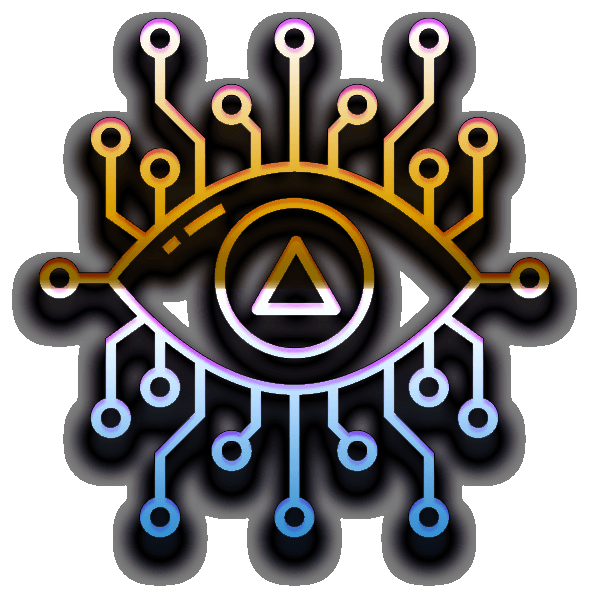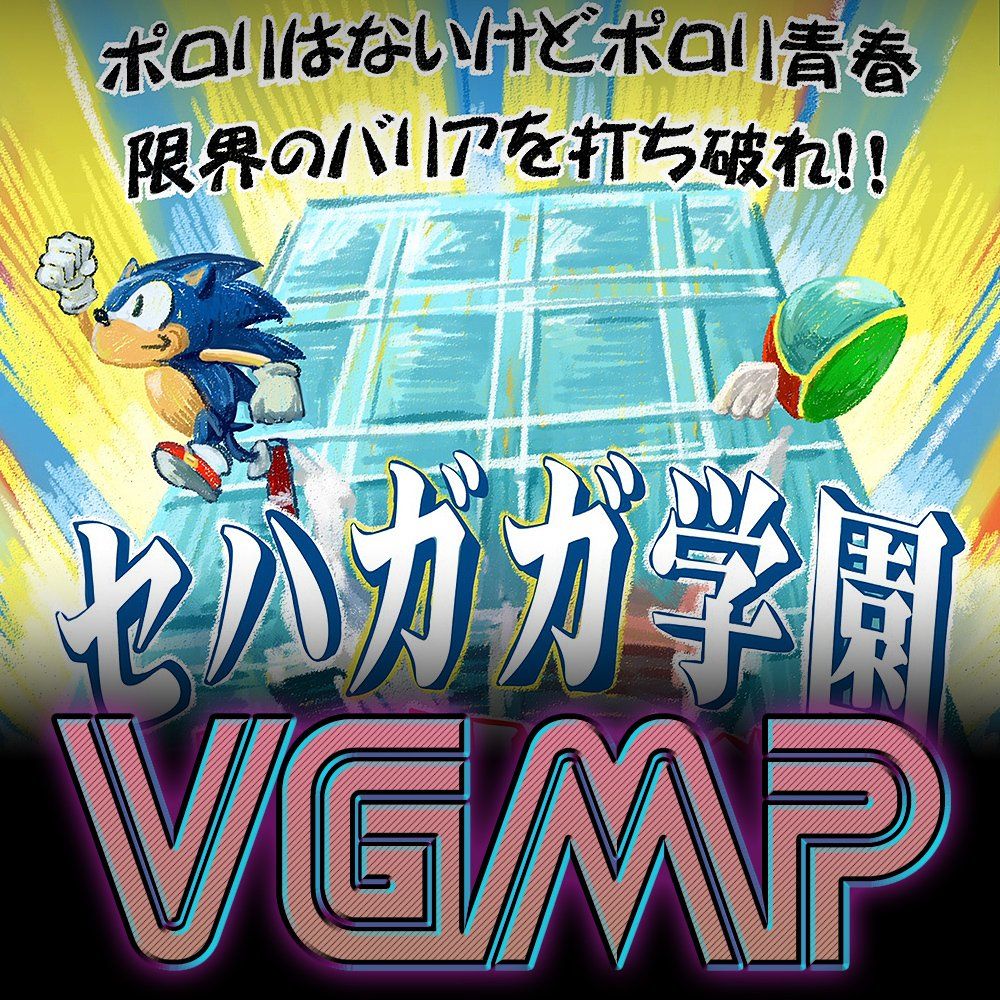[VGMP] Sega Hard Girls 2 - Academy Atrium References
Rory Joscelyne • 22 February 2022
VGMP: What are all the items in the Academy's Atrium?
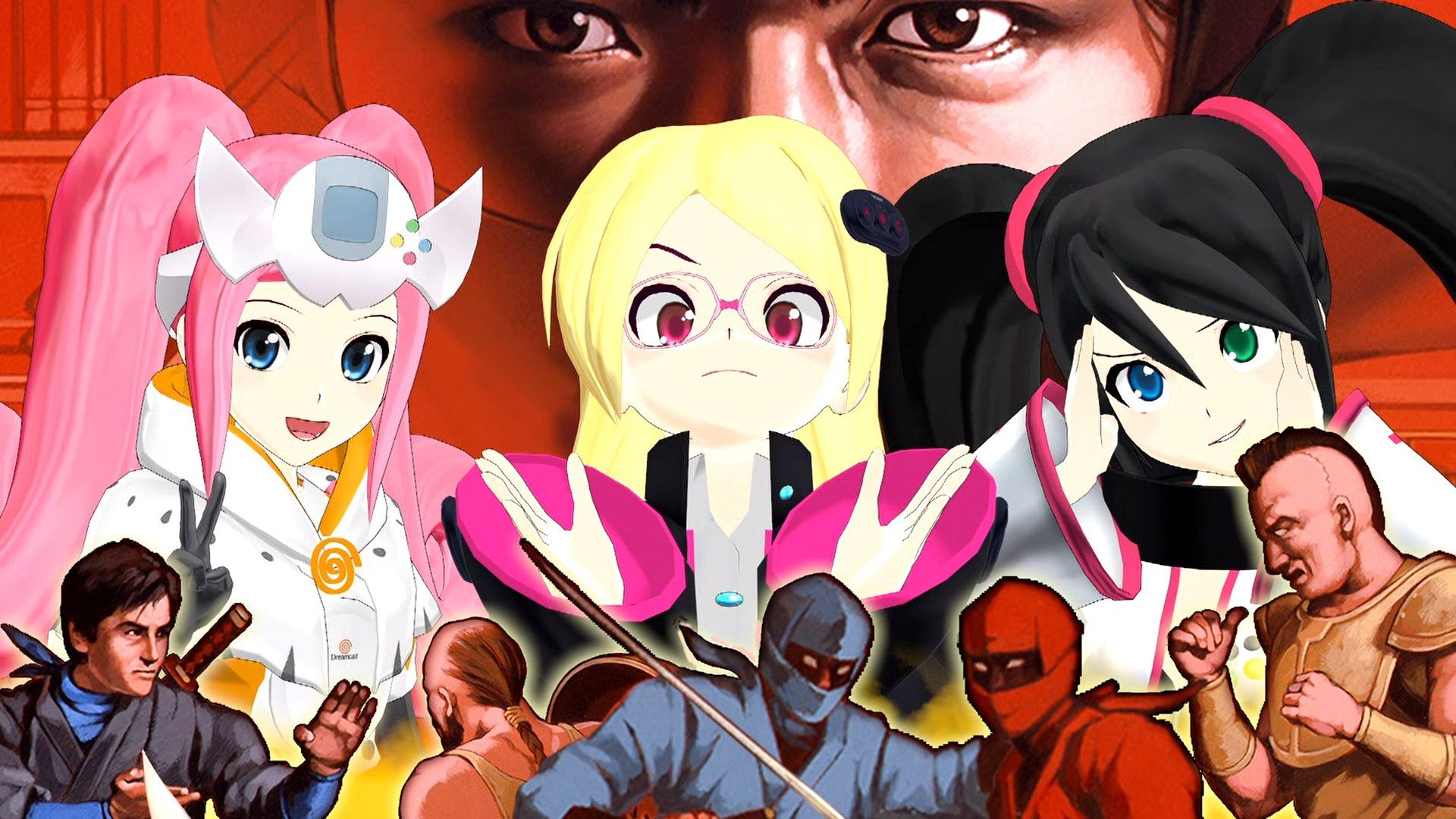
Power On! Let's get started! In Part 1 of this article series, we looked at how all of the characters reference various Sega franchises and console designs, now let's continue with the Sehagaga Academy Atrium - quite possibly the smallest of references occur here and it's still jam-packed.
PART 1
- Character References
PART 2
- Atrium References
PART 3
- Classroom References
PART 4
- Episodes 1 to 4
PART 5
- Episodes 5 to 8
PART 6
- Episodes 9 to 11
PART 7
- Episodes 12 and 13
PART 8
- Episode 14/The OVA Movie
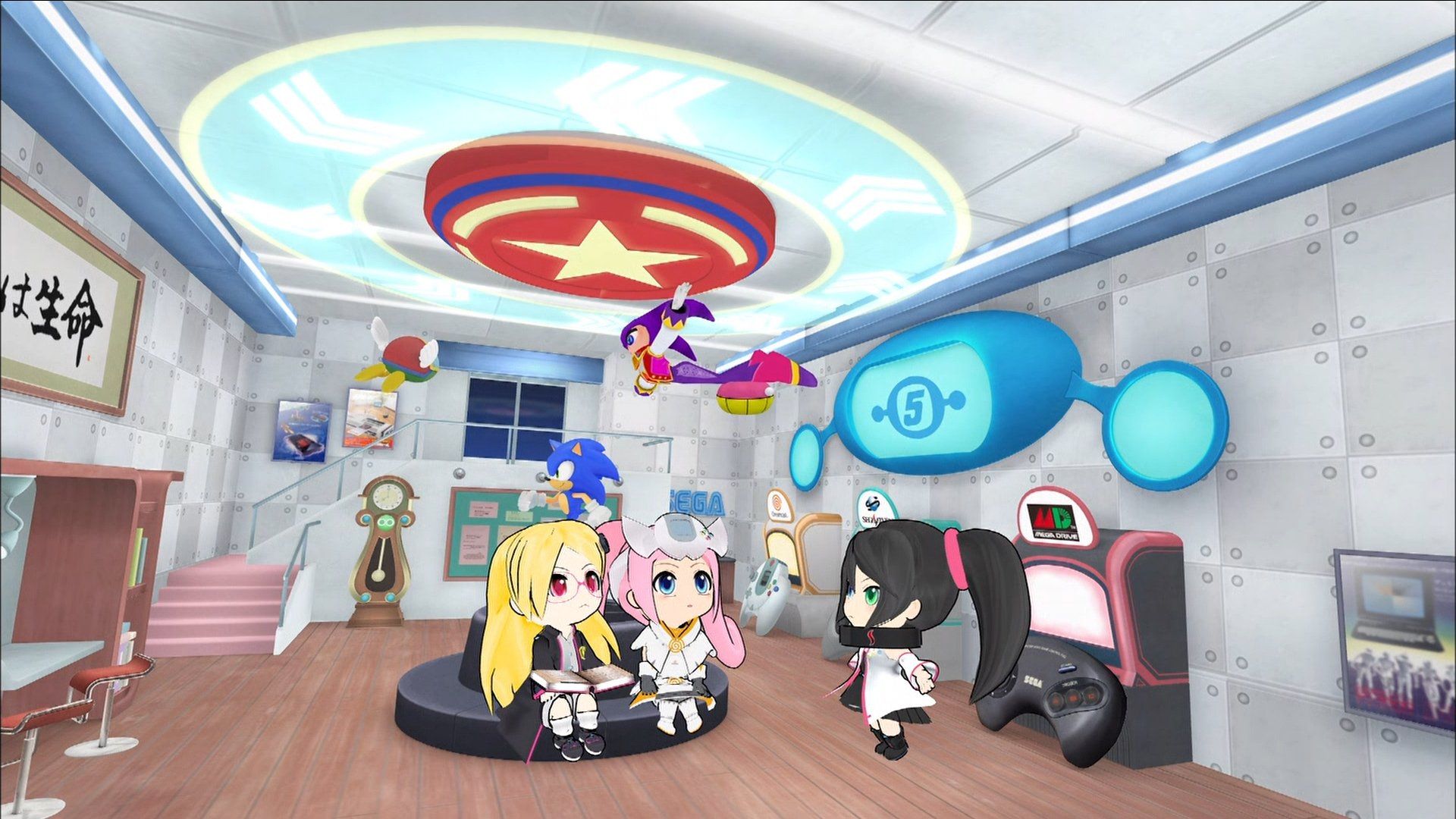
Already so much to unpack here. First of all, there are the posters on the back wall and near the front-right of the image. I'm actually going to save these for a bit later, as I have closer and clearer shots of them.
On the ceiling is a star in a red circle - very reminiscent of the springs from Sonic the Hedgehog. There are three ceiling mobiles rotating below it, NiGHTS from NiGHTS into Dreams, OpaOpa from Fantasy Zone and an enemy from Fantasy Zone. On the wall above the consoles is a large TV (The centre part changes in several episodes) designed like objects from Space Channel 5, and even includes the logo on the screen.
At ground level there is a grandfather clock with a Puyo (a coloured bean from the Puyo Puyo series), a rotating Sonic the Hedgehog statue in the middle of the seats, and a large-scale reproduction of a Dreamcast, Saturn (Japanese Mk 1) and Mega Drive (3 Button) controller. We have closeups of these controllers below;
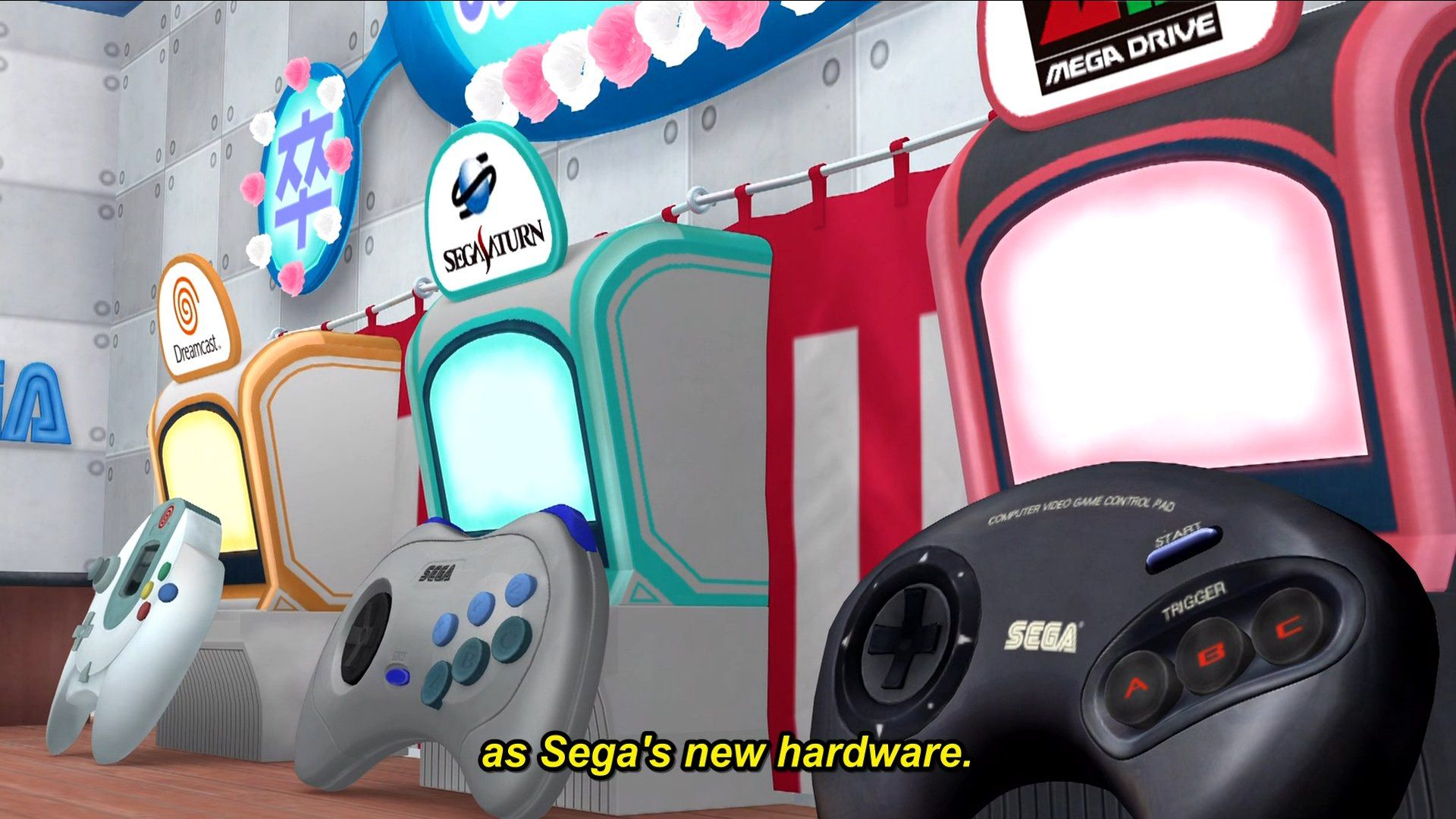

In Episode 8, there is a Lovely Girls competition. The notice board on the back wall is changed for this episode to include a low resolution version of the poster. I have the high resolution copy of this poster (screen-grabbed from the Blu-Ray and stitched together in Photoshop) later in this article. However from this angle you can better see the SEGA Logo in the top right corner of the room, and you can see where the Sonic statue is connected to the base via a strip of metal.


The opposite side of the room is really quite boring in comparison. There's a bookcase and some desks, but they're almost completely empty. The books don't seem to hold any special meaning either. The only things of note here are the Chao (Sonic Adventure) plushie sat on the desk, and the clock above the door which I believe is from Puyo Puyo.

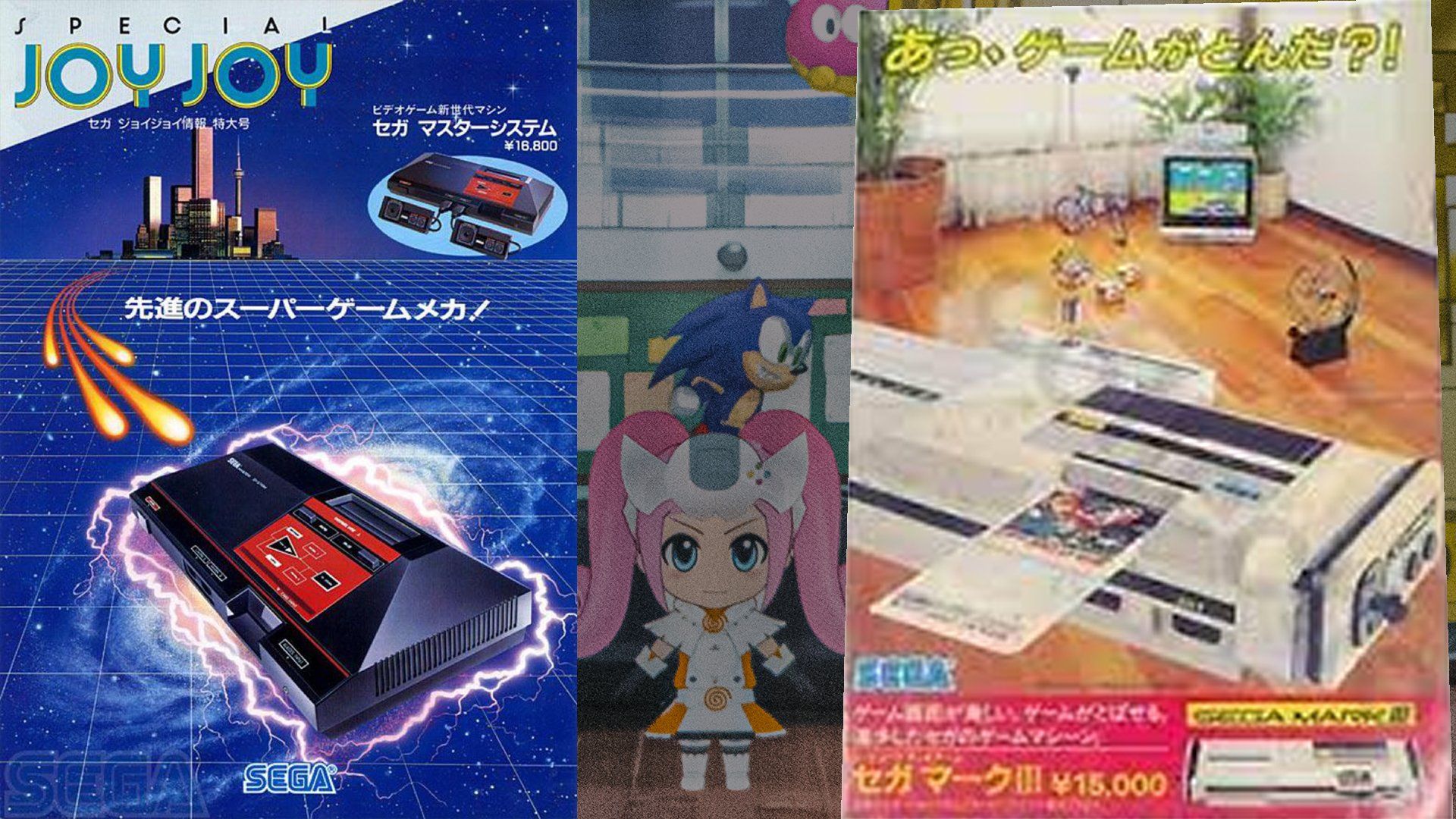
The two posters at the back of the room are two 80's Sega adverts for the SG-1000 Mark II and the Master System rebranding of the SG-1000 Mark III.
More specifically, the left hand image appears to be selling the Master System (at a price of 18,800 Yen) as part of a Special JoyJoy poster range (they did several posters with this at the top left).
The right hand image is actually a promotion for the Sega My Card - a credit card sized game cartridge with a lower storage capacity that allows games to be sold at a cheaper price. Sadly I couldn't find a high resolution image for this poster.
The My Card port is still visible (and usable) on the Master System - you can see the slot in roughly the same location on that machine - and this was a feature they also ported to the West.

The image on the right hand wall (beside the oversize Mega Drive controller) is a promotional poster for the Sega SC-3000 home computer from 1983. It was essentially a Sega SG-1000 games console with a built-in keyboard, which could be given expanded RAM. Most copies of the machine came with SEGA BASIC, a cartridge and book that taught you how to code in the programming language BASIC. A later revision with an improved keyboard was released called the SC-3000H, however the Sega branded variant of these are very rare. These machines were also released in mainland Europe and Australia.
Despite a lot of searching, I couldn't find a higher resolution copy of this image despite having seen it before. If I can find it, I'll update the article to include it.
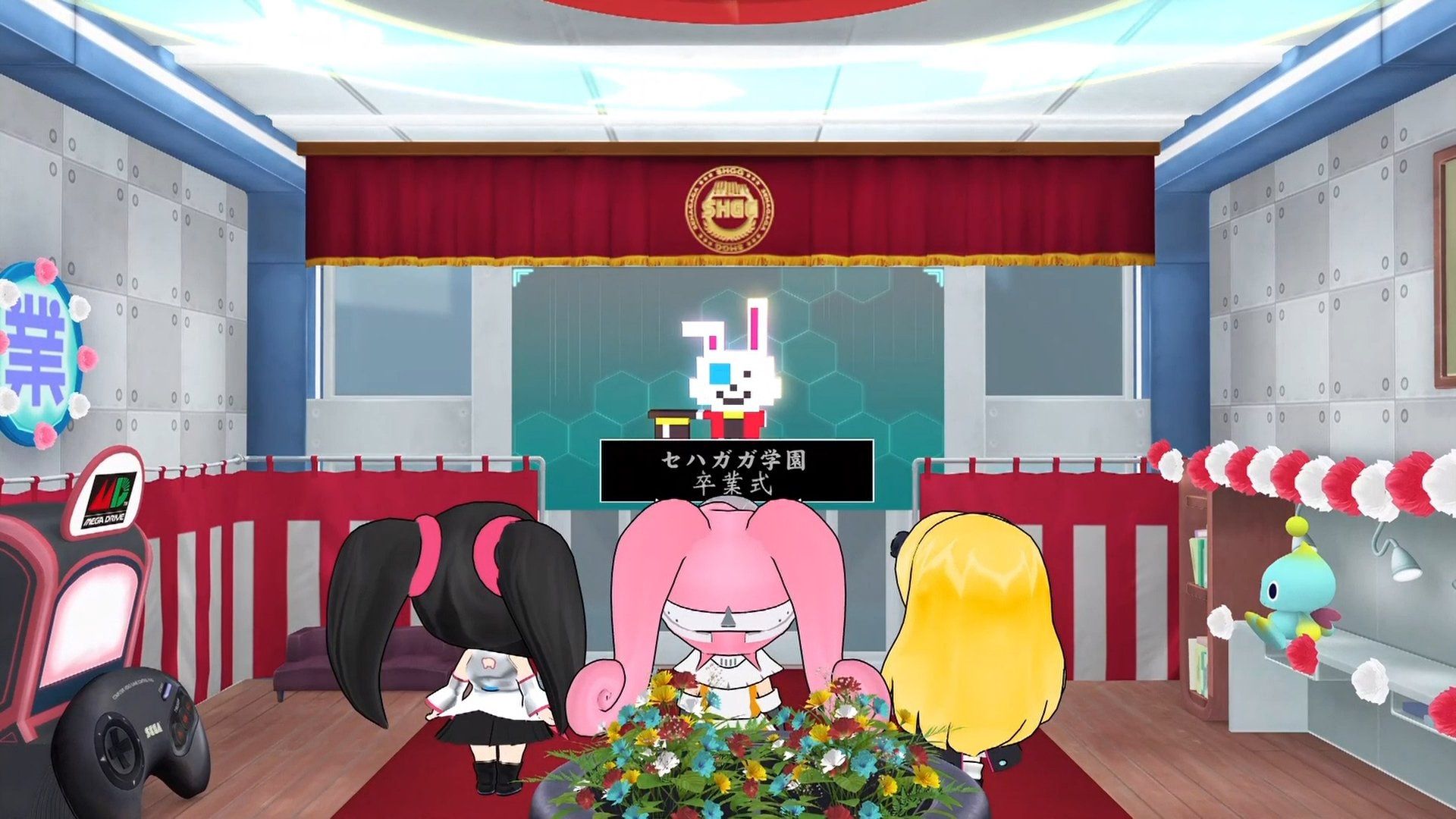
The last canonical appearance of the Atrium is in the series' final episode (Episode 13, the special/Episode 14 is set prior to this). However the room has less Sega paraphernalia if anything. The SC-3000 poster is completely concealed by the wall drapes, and the only addition is the Japanese symbol on the wall above the oversized Mega Drive controller.

However there is one final art of this room that doesn't match any
episode. The American Blu-Ray (by Diskotek) includes an interior artwork printed on the back of the cover art. This showcases the girls in the atrium with two massive SHGG coins covering up a lot of the room detail.
Firstly there's a round table with chairs next to the oversized game controllers - not Sega related but an odd set of objects to put in where they never existed in the show.
Secondly the Sonic the Hedgehog statue is clearly a drawn artwork instead of an in-game model, which suggests the artwork is a knockup by Diskotek using custom-drawn assets. However this would be a strange length to go to for a niche disc release, which they already had to translate from scratch. I can't imagine adding new custom artwork would have helped give a return on investment.
The SC-3000 poster beside the Mega Drive controller has been replaced by the Japanese poster art for Shenmue (1999) on the Dreamcast.
There are several different coloured Puyos sat on the floor in front of the desks, and the Chao is missing. Instead we get unique miniature versions of Axel's taxi from Crazy Taxi, and the Lancia Delta HF Integrale car (A real life world Rally championship vehicle) which was one of the two main vehicles in the Sega Rally Championship series since the first title.

The final aspect I want to mention in this article is one of the rarest forms of Mega Drive making an appearance in the first episode. At one point in the episode, Mega Drive asks Saturn and Dreamcast if they would like to hear Sehagaga Academy's anthem. She pulls out a blue Aiwa boombox (An Aiwa CSD-G1M) and plays the legendary "SEGA!" choir first heard in Sonic the Hedgehog in 1991.
What's interesting about this boombox is that it is, in fact, a Sega Mega Drive and Mega CD unit as well. And it's super
rare. Very few exist anymore, they were a limited run in Japan only. And I know this for precisely one reason - I actually own one. You can see it in our Cyber Razor Cut restoration video, which is where the screengrab of me with the unit comes from.
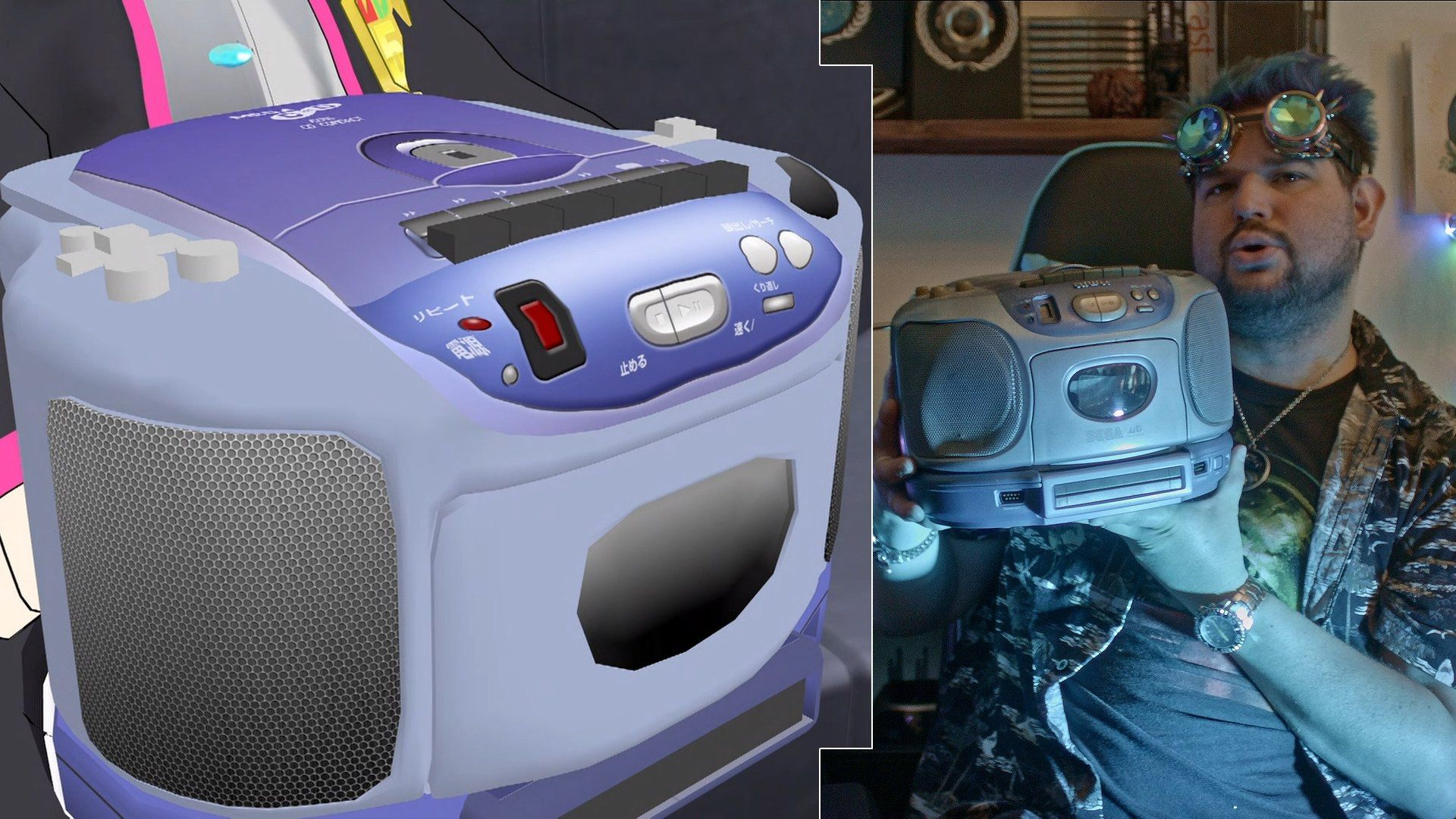
It's not in great condition, the previous Japanese owner hadn't treated it well (which is unusual for the Japanese). They scratched their name into the front, dented one of the speaker grills - but the unit itself is perfectly working - though the Mega CD drive's belt and laser will likely need replacing.
As you can see the black area at the very bottom of the Sega Hard Girls render is actually the cartridge slot of the machine. The CD Player doubles as the Mega CD when you connect it to the Mega Drive module using a special cable. Two controller ports sit either side of the cartridge slot alongside the Mega Drive's own buttons.
The thing is, like Sega Hard Girls itself, this is such a niche reference that most Sega fans aren't aware it exists. It's clear that some love went into this show for just how many long-dead and rare references the animators and writers decided to put in but I can't for the life of me figure out why
in 2013.
Just part of the fun if you're a SEGA fan, I guess. The next article will deal with the classroom, which has a whiteboard that changes every episode to reference different game titles (Including some as niche as Wing War). In the meantime, though, please enjoy the high resolution version of the Sehagaga Academy Culture Festival poster.
Please check back regularly for updates, and do follow our podcast including our episode on Sega Hard Girls at www.vgmovie.co.uk.


Blue Streak, speeds by... Sonic the Hedgehog (2020) is Hollywood's first big blockbuster attempt to bring Sonic to the big screen. A much more popular effort than the 1996 anime movie, this one sees Sonic come into the "real world", but that doesn't mean that it isn't jam-packed full of Easter Eggs. And some of them are references to other Sega franchises.

First things first - DO NOT WATCH THIS MOVIE. Kung-Fu Master may have the licence for the game, and it may include a few scenes at Arcades, but the story is nothing to do with gaming - and the story it represents is a literal crime. A vile, vile crime. With that out of the way, there are some interesting arcade machines visible throughout this film - all of which are here. So you have been saved from having to watch this vile garbage - and saving you the criminal act of watching it.

Also known as Sonic the Movie, the Japanese OVA was actually a run at a possible series that never materialised, instead leaving us with two episodes hastily stitched into a "feature". And boy, did they push taste and decency for some of this. Other than Robotnik chasing underage skirt, it's largely inoffensive. But unfortunately that story angle wound up kick-starting a long running VGMP joke of Sonic adaptations having to reference breast milk (which the 2020 Sonic movie also references).
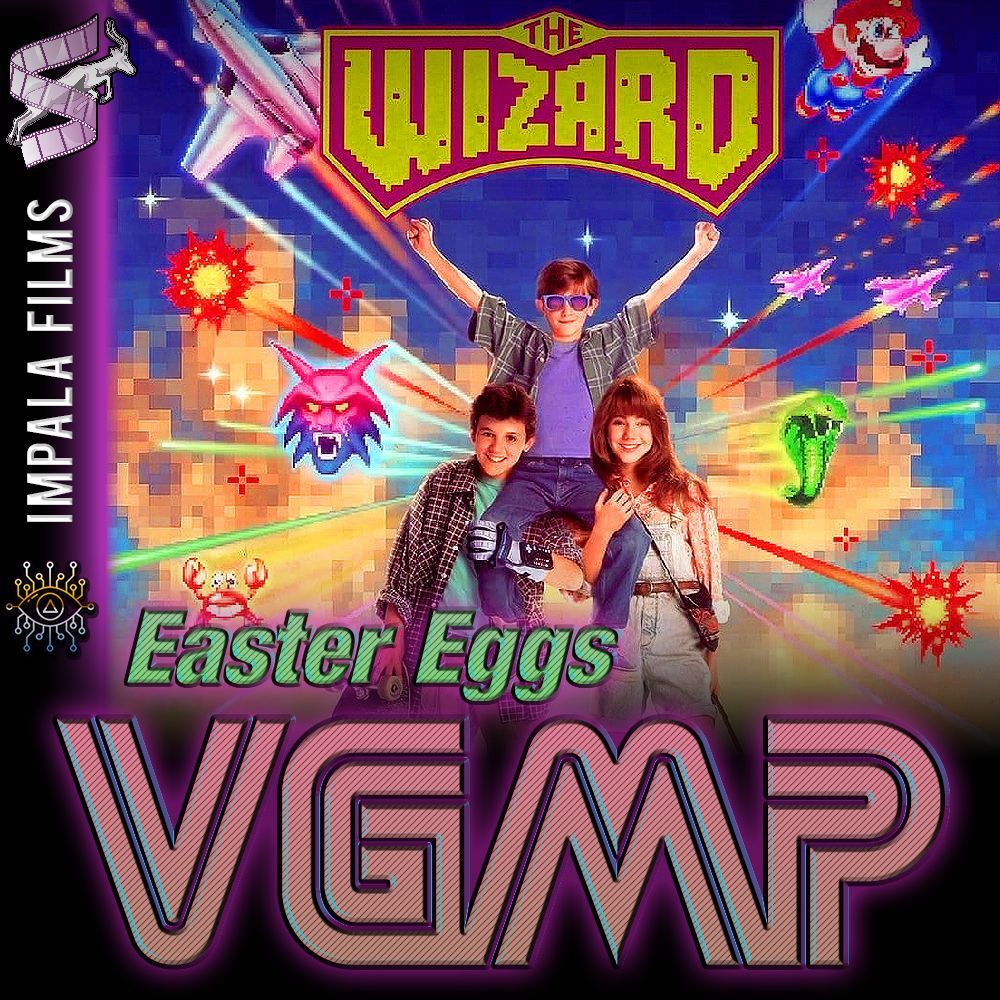
I love The Wizard. It's so bad. The first major disagreement between Rory and Jamie in VGMP, Rory fully recommended The Wizard as a movie, whereas Jamie fully rejected it. It's not hard to see why this movie caused such a rift of opinion - it genuinely tries to be a deeper and emotional story, but it's still a Nintendo marketing product (and an out of date one, at that). One thing The Wizard does have, is a lot of videogame references.
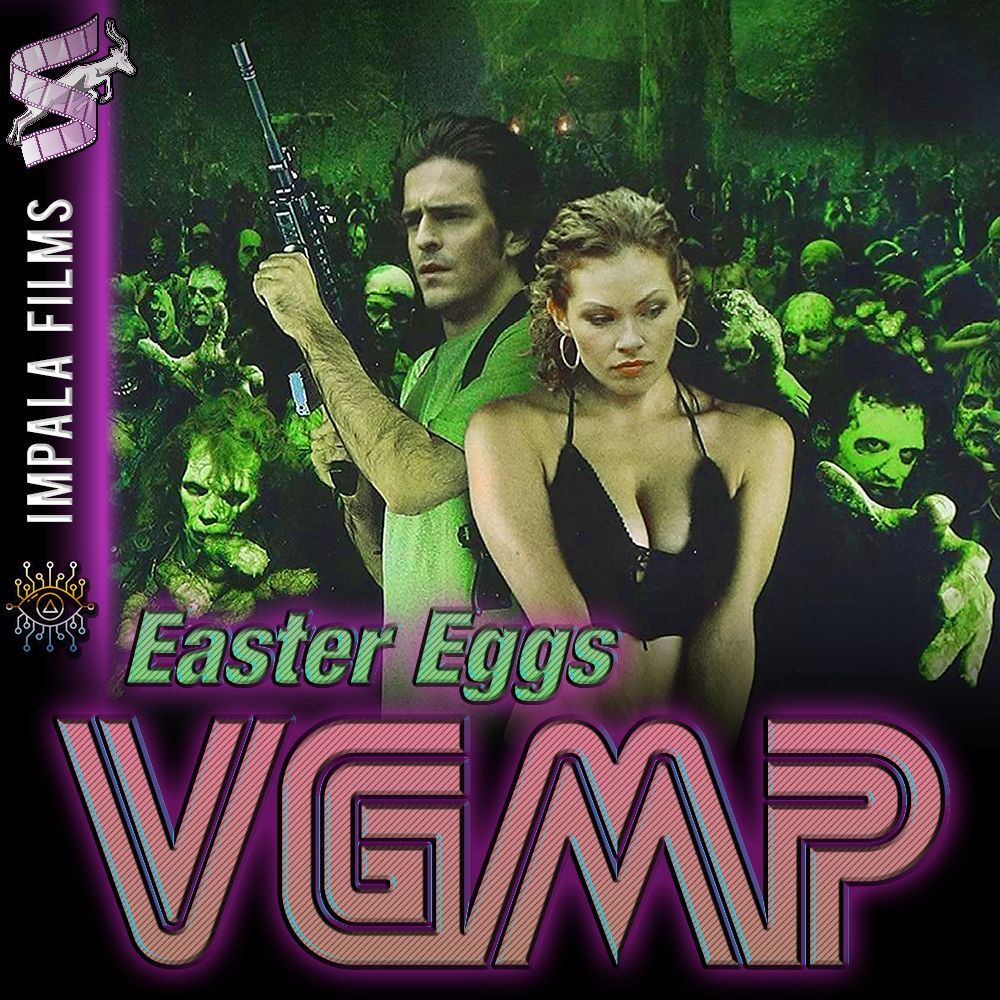
The House of the Dead movie brings together two major events in film. It's the first foray by Uwe Boll into video game adaptations - the start of a terrible career. And it was the last ever movie to use the turn-table technique for 360 degree shots, as it was too dangerous to keep using - much like allowing Uwe Boll to have a film career. This film doesn't have many proper references, instead lazily throwing in random micro-shorts from the first three House of the Dead games (in no particular order, for some reason).

The first appearance of Jon Gries in a video game culture movie, and he would return in Noobz (2012) to steal yet another movie. Joysticks is an awful comedy movie, attempting to cash in on cheap teen humour of the time with a big dose of objectifying women. But to it's credit, it does showcase a lot of great arcade cabinets from 1983, and all in fantastic condition too! These screengrabs are ripped from the limited-run Blu-Ray release of the movie, which represents the best this film has ever looked. However this was a relatively low budget feature of it's time, so don't expect prestine visuals.

Tron is an undisputed 1982 classic that had a major impact on 80's culture and gaming aesthetics as a whole. And yet, when we reviewed it, it turns out the movie itself is a big bag of style over substance. The main videogame the movie revolves around is Space Paranoids, and it is not a real game. Several videogames were later made of Tron, but none of those appear in this movie.

Gamebox 1.0 is an odd 2004 movie starring the guy who played Harvey in Sabrina the Teenage Witch. You could technically call it a dramatic horror, if any of it was dramatic or a horror. As you can see from the shot above, the details were so vital to this film that there's a guy at "work" just staring at a blank screen. Regardless of the low budget nature of the film, there are still a surprising number of references hidden in this movie.
